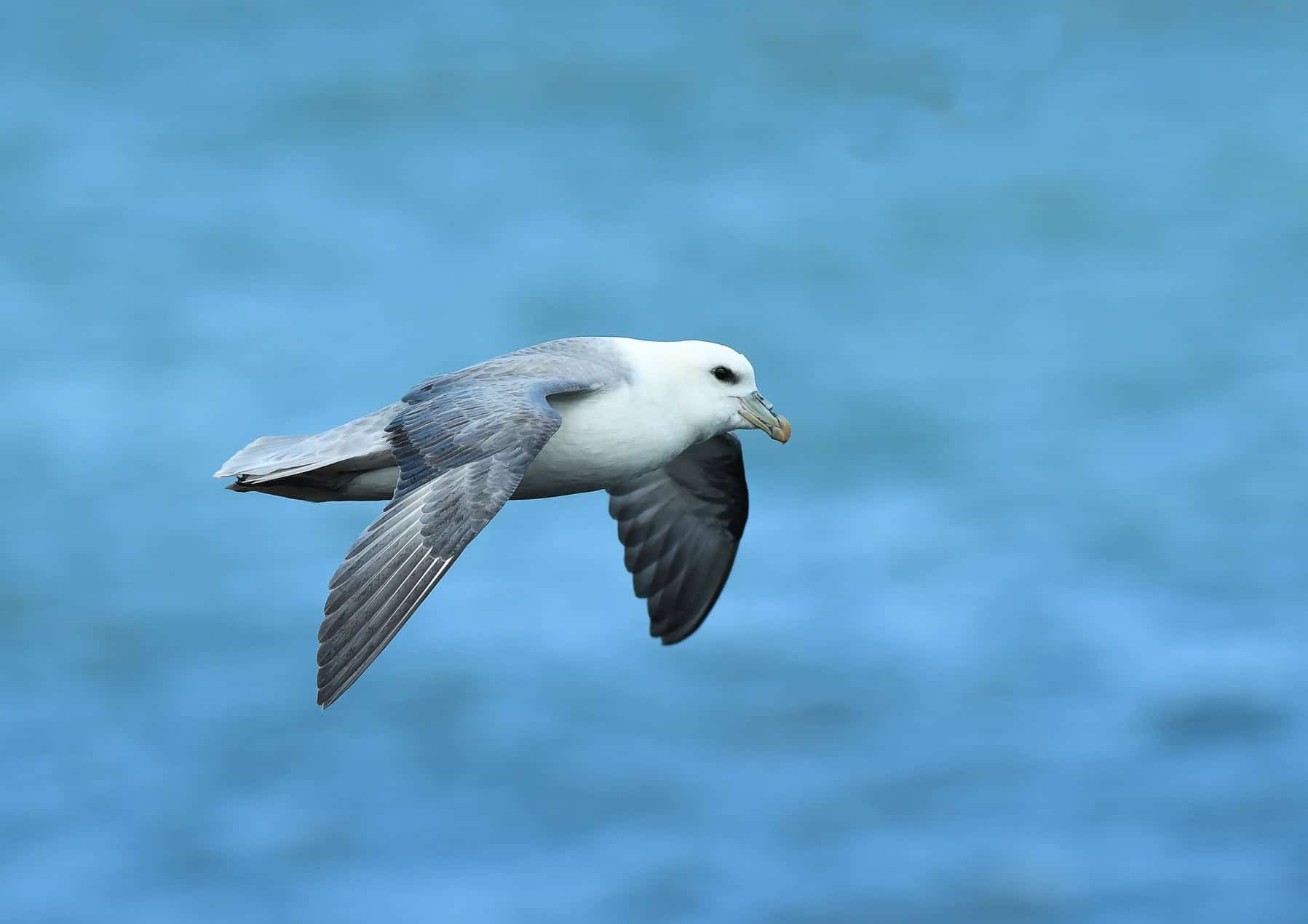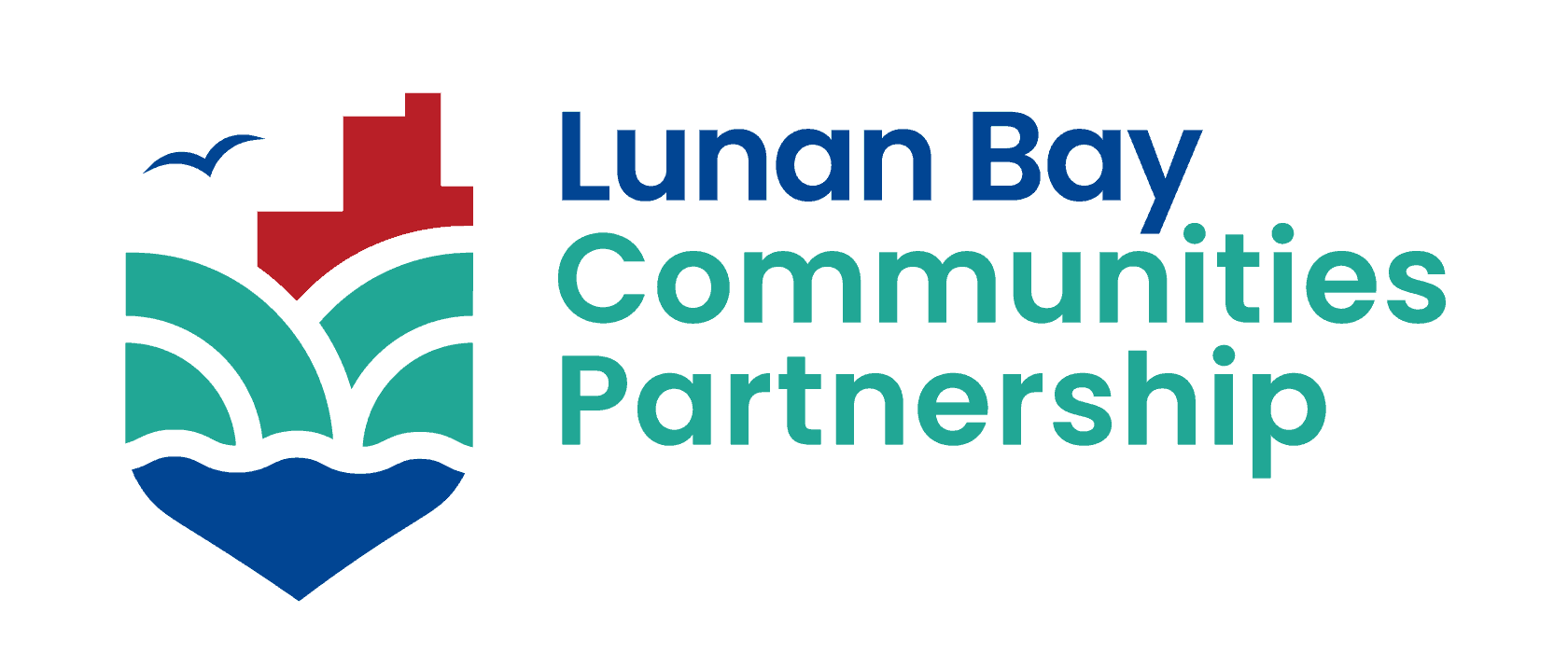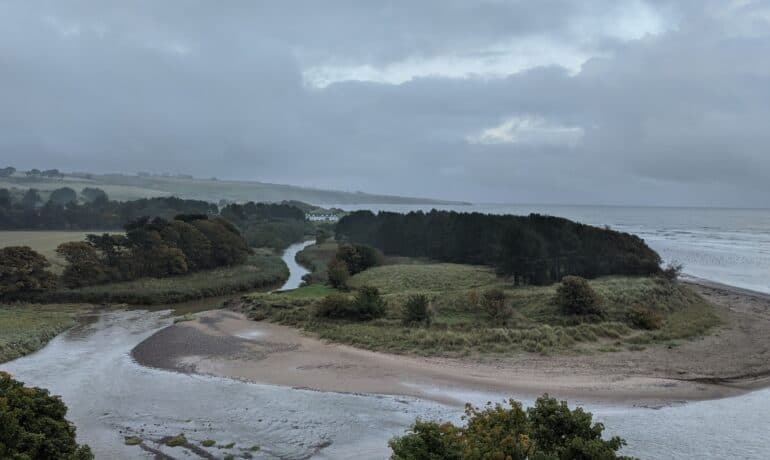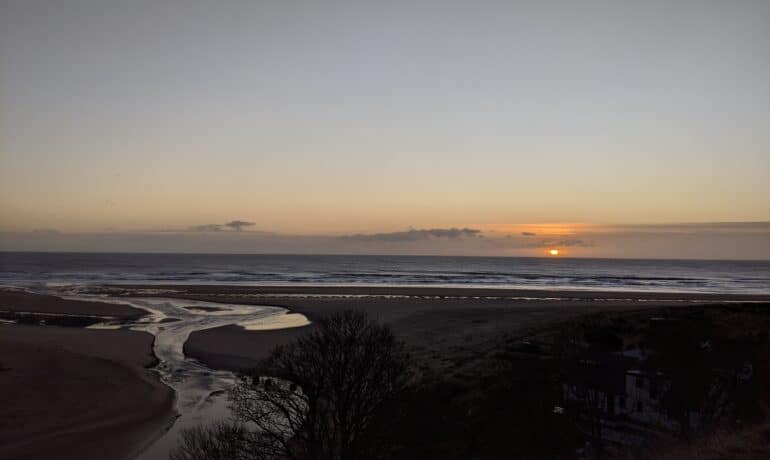The environment at Lunan Bay
At Lunan Bay, the broad sandy beach and estuary, backed by dunes, has been formed by the lowering of the land level over geological time by the river Lunan and the independent and dynamic processes of erosion and deposition of fine sand.
The wide clay stratum extending along the Lunan basin will have helped determine the modern configuration of the coastal landscape. A traditional coastal salmon fishing station was based on the beach until relatively recently, harvesting the fish heading to the South Esk and the Tay. The Statistical Accounts of Scotland record small numbers of salmon and sea trout being netted in the River Lunan itself in the 18th century, though this was probably not done on a commercial basis.
SNH Review 122- Tayside Landscape Character Assessment records the limited vehicular access to the beach, restricted to a private farm track, owned by Lunan Farm, to the car park at Lunan Farm, as being a significant asset underlying the low level of development of the area. Helping maintain the beach and hinterland as mainly wild and unmanaged land.
Some privately owned and unmetalled tracks approach the beach south of the estuary. These are not recorded as public vehicular rights of way, and unauthorised vehicular access is not permitted on these tracks. The SNH review 122 also recognises that increased recreational use of the beach at Lunan Bay at certain times of the year does give rise to concerns over dune erosion, contributing to destabilisation of the fragile dune systems.
Environment
Climate Change
The review raises concerns over the impact of climate change of on this geographically vulnerable area, associated with rising sea levels and more storm surges.
Proposals to mitigate this include: natural regeneration of woodland on established dunes, ongoing monitoring the effects of climate change and maintaining relatively low key development and recreational provision.
In the same SNH review 122 report, the objectives listed as minimising biodiversity loss include; ensuring no future net loss or reduction in quality of estuarine and coastal habitats, maintaining Class A (excellent) water quality, ensuring safeguarding policies are included in any strategic plans for the area, and increasing awareness of biodiversity. All of these are primary Aims and Objectives of the LBCP.
Support the LBCP
Donate Today
The LBCP relies on crucial funding to uphold and deliver on our Aims, Events and Projects which protect and benefit Lunan Bay, the surrounding and immediate community and visitors from all over the world.
Environment
Red Castle
The castle is an iconic coastal landmark of Angus, and was founded by William 1st (‘The Lion’) as a hunting seat. The existing sandstone curtain wall probably dates back to the 13th century, with the imposing keep being built at a later date, probably during the 15th century.
However, fortification of this prominent site will predate the existing structures, being necessary as a defence against Anglo-Saxon and Danish Viking incursions. The castle played a prominent role in local history, and was the subject to episodes of family feuding and government siege over the three centuries of its existence.
It was finally abandoned in the late 1700s and has fallen into a ruinous condition. The castle midden along the south bank of the Lunan Water was extensively excavated in the 1960s, and large numbers of animal bones and teeth were found up until relatively recently; including those of cattle, ponies, sheep and dog. The midden has now largely been eroded away by flood surges of the Lunan Water and the bank is in danger of collapse.
Following recent landslips on the seaward side of the castle mound and both the opening of cracks on the keep wall and erosion at its base, the castle has been declared a dangerous structure by Angus Council and Historic Environment Scotland. Perimeter fencing has been installed around the keep pending a decision being made on its future. Visitors should not enter the keep.
The castle ruin has long been used by nesting fulmars and kestrels, and is home to colonies of Pipistrelle and Daubentons bats.
Drone flying around the castle requires permission from Historic Environment Scotland and the local landowners.
Environment
Lunan Estuary
SOAC requires dogs to be on a lead during the ground nesting season from 1st April to 31st July, and dog owners are asked to recognise their responsibility for looking after the biodiversity of this wild area. Otters, badgers, roe deer, foxes and hares have all been recorded using the estuary as home or for foraging.
A fragile, species rich habitat
Lunan estuary is an everchanging sandscape of banks and channels at low tide and wide flowing river at high tide. The river until recently flowed in a meander under the mound of Red Castle, but now takes an increasingly direct course towards the sea, creating an island which can floods during spring tides, and attracts wading and fishing birds and an unwelcome amount of plastic rubbish.
The estuary is an important feeding area for resting migrating birds during their spring and autumn travels. Disturbance of these birds will waste their hard won and precious food and energy resources needed for migration, sometimes fatally so. Visitors should NOT allow their dogs to chase flocks of birds which regularly congregate on the estuary
In spring and summer, ground nesting birds are regularly found in the dunes and sandy woodlands around the estuary. Throughout Europe and the UK loose dogs are a major problem for these birds, who see a dog as a potential, and sometimes very real, threat to their families.
The sandbanks and channels of the estuary can result in rip currents forming during rising and falling tides, recognisable as areas of undulating and non-breaking sea between breaking waves. These are a serious hazard to unwary swimmers.
People have drowned in these rips, and visitors would be best to avoid swimming here unless they are fully aware of and comfortable with the risks.
The Most Vulnerable Habitat at Lunan Bay
Environment
The Woodlands on Lunan Farm
Coniferous woodland extends from Lunan Farm Car Park southwards towards the Lunan river and its estuary, and is a haven for wildlife including woodland and ground nesting birds, insects, fungi and wildflowers. This vulnerable habitat is crossed with visitor paths, and visitors are asked to use these paths whenever possible.
Leave No Trace
Sadly the area has seen visitors and ‘campers’ acting irresponsibly; with trees being cut down for firewood (greenwood doesn’t burn!!!).
Lighting and abandoning of large and smoky fires endangering the woodland, and leaving of rubbish and waste (including excrement), presumably thinking that ‘someone official’ will clean up.
The local environment is increasingly at risk
There is no one but the local community to clean up. These visitors are unwanted and truly do diminish the experience of the majority of visitors who come to enjoy the ambience and mindfulness of engaging with their families and friends in a wild and unmanaged land- and sea-scape.
Wild camping, compliant with the Scottish Outdoor Access Codes is permissible at Lunan Bay, as in most other parts of Scotland, but this is a world away from the abusive and often criminal behaviours of the small numbers choosing to despoil the area in the name of having fun.
LBCP & Ranger restoration to damaged fire sites & overused camp areas
The Community Rangers and LBCP, in collaboration with the landowner, have begun a programme of reclaiming the area for responsible access by clearing and restoring the damaged fire sites and ravaged camping grounds. These areas will used for outdoor education activities for visitors of all ages and interests. The intention is to demonstrate that future responsible stewardship of and access to wild land will benefit all, from children playing on the shore to pensioners reliving that childhood as they picnic with their families, sharing the joy of recognising the engagement with the natural world that is crucial to well being in a stressed world.
Spotlight
Environment

Lifelong Partner, Fulmars Nest at Redcastle
The fulmars are nesting at Redcastle at Lunan Bay just now. Life long partners, who live up to 40yrs, spend
Events
Check out our Latest Events
Keep up to date with when are next events are happening
Our Community Ranger-led Junior Ranger Club at Lunan Bay.
With the Global UN Climate Change Conference, COP26, which is held in Glasgow, our priority is to continue educating children in Angus about the importance of nature through our Community Ranger-led Junior Ranger Club at Lunan Bay.
We are running this free family club every Sat from 12-2pm. Our Junior Ranger Club outdoor education classes is also available for Angus primary schools. We are also running a kids club over the Tattie holidays.



